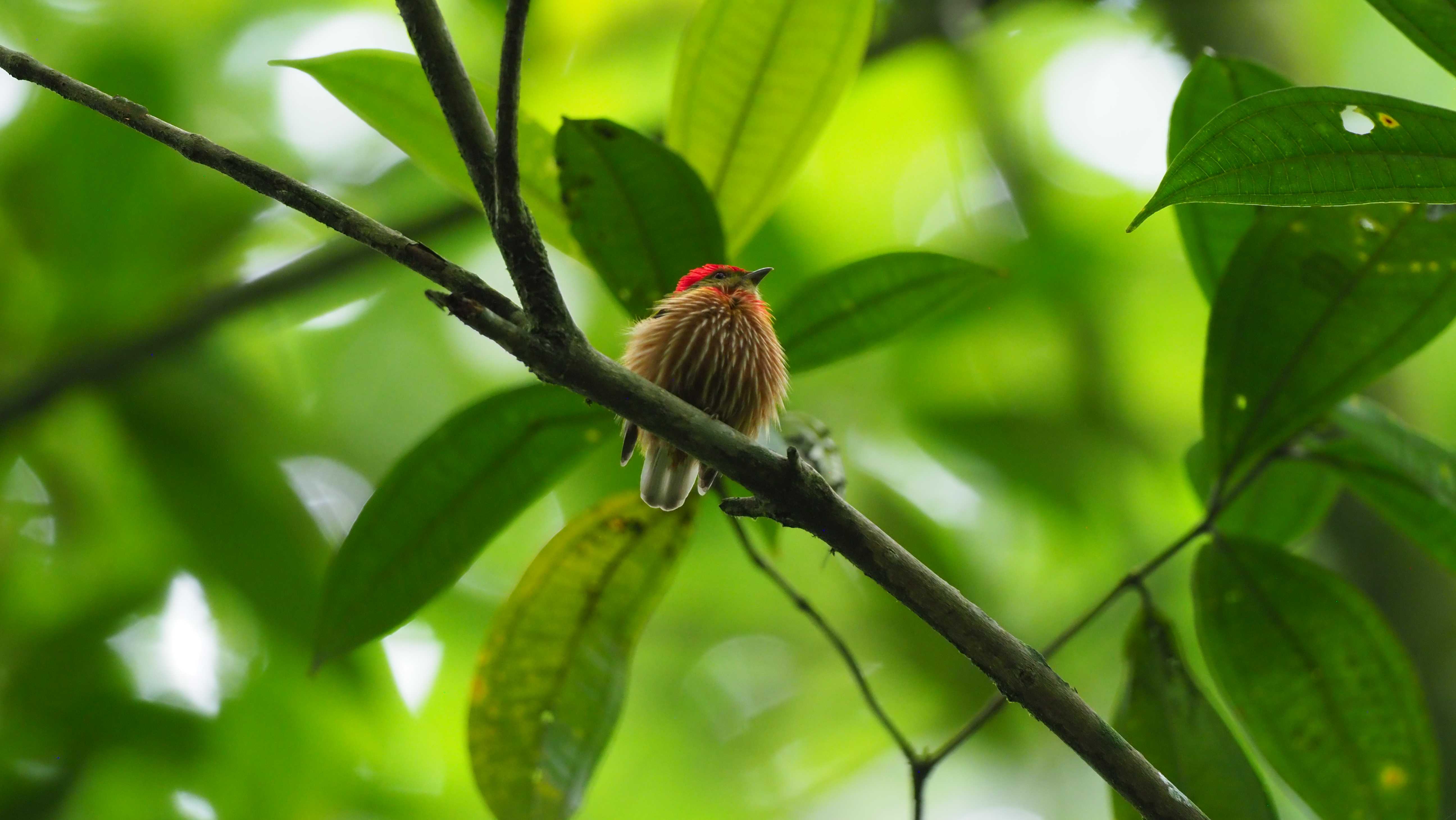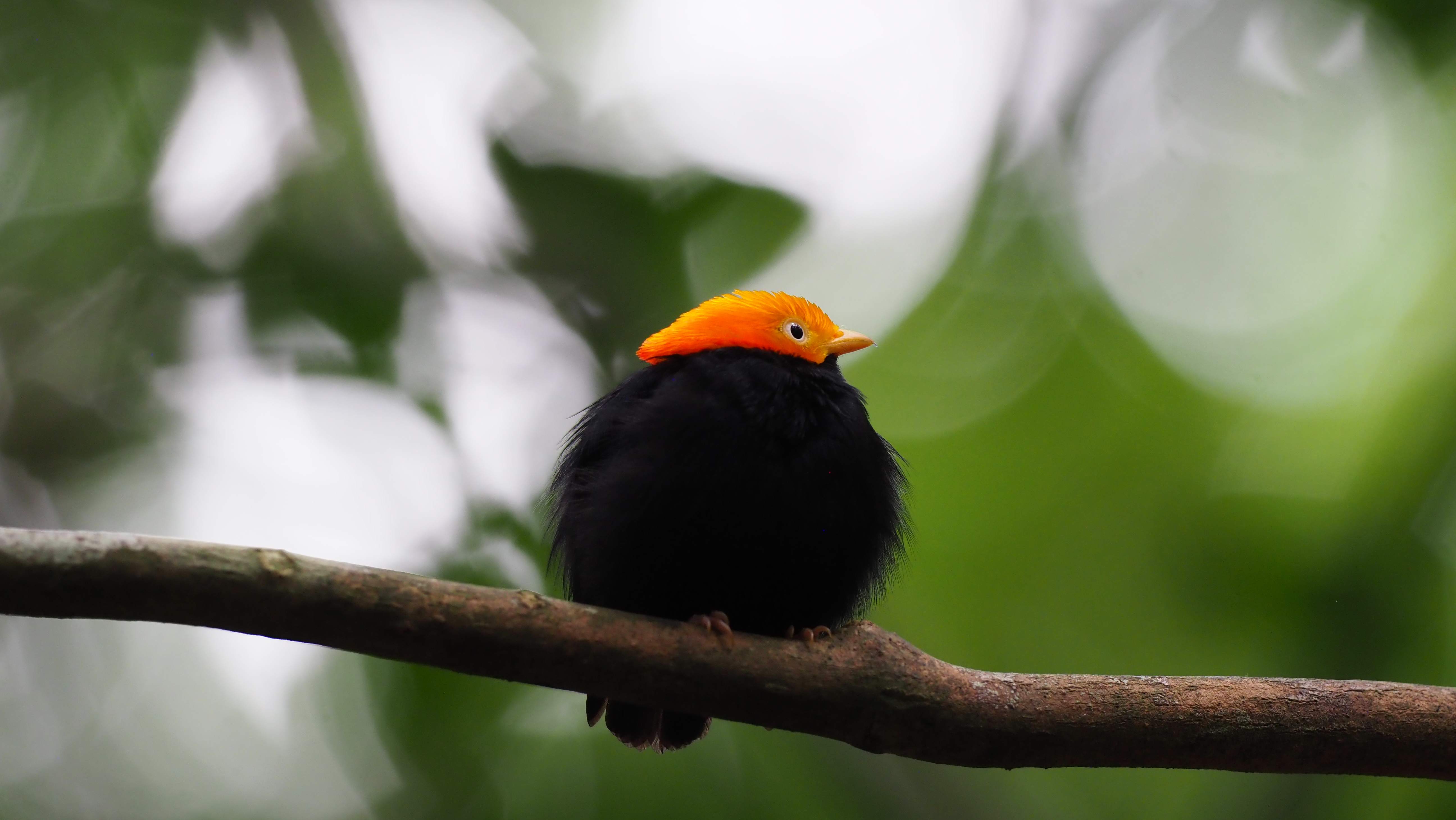Fire and Ice: From Páramo Peaks to Thermal Springs and Manakin Magic
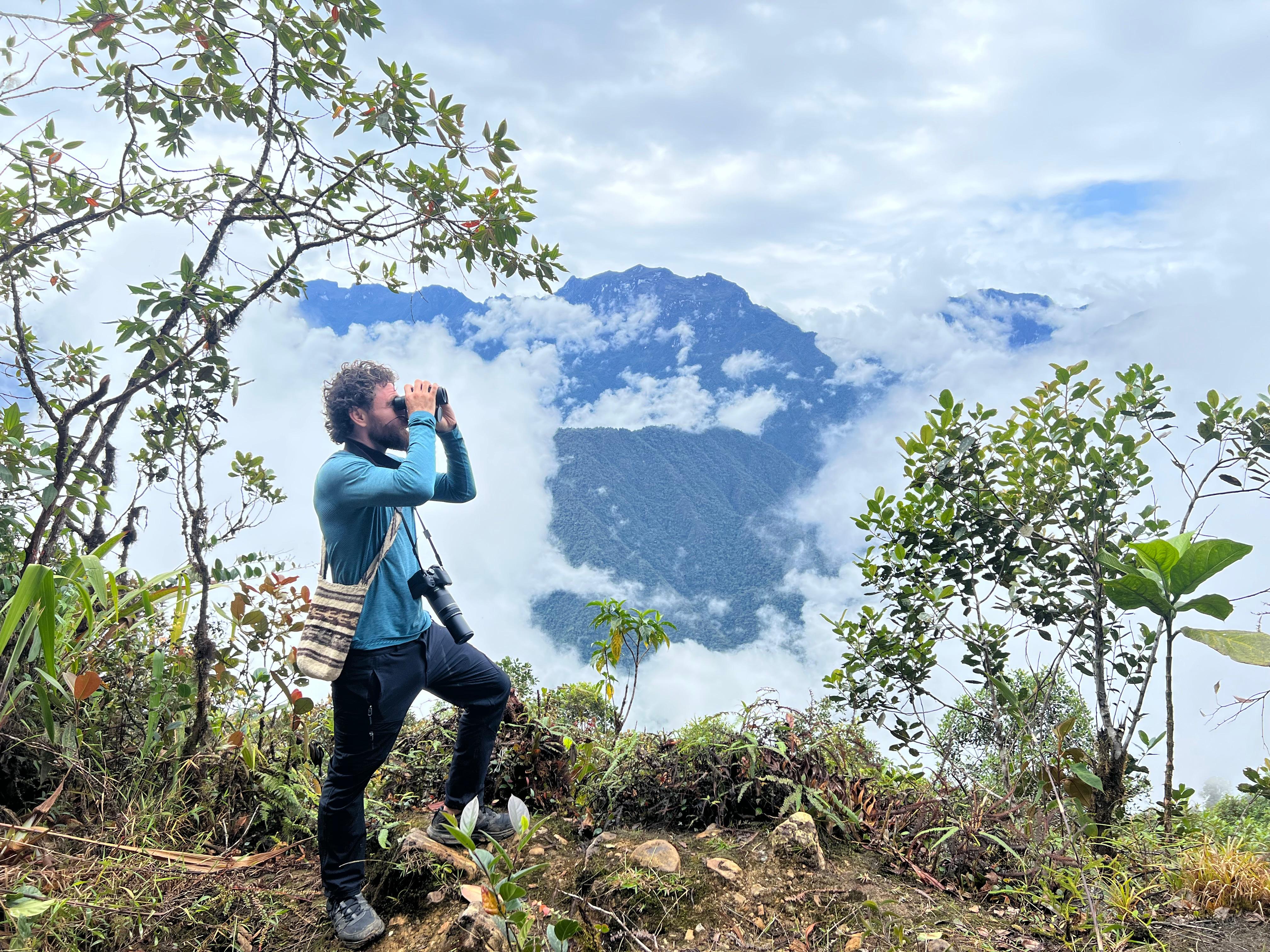
About Martin Melendro
Martin is AVES' lead expedition guide and ornithologist, with over 15 years of experience exploring Colombia's diverse ecosystems. Fluent in Spanish, English, and basic indigenous languages, he specializes in building respectful partnerships with local communities while leading transformative birding experiences. Martin holds a degree in Biology from Universidad Nacional de Colombia and has contributed to numerous conservation projects throughout the Neotropics. His passion lies in connecting people with nature while supporting indigenous land rights and biodiversity conservation.
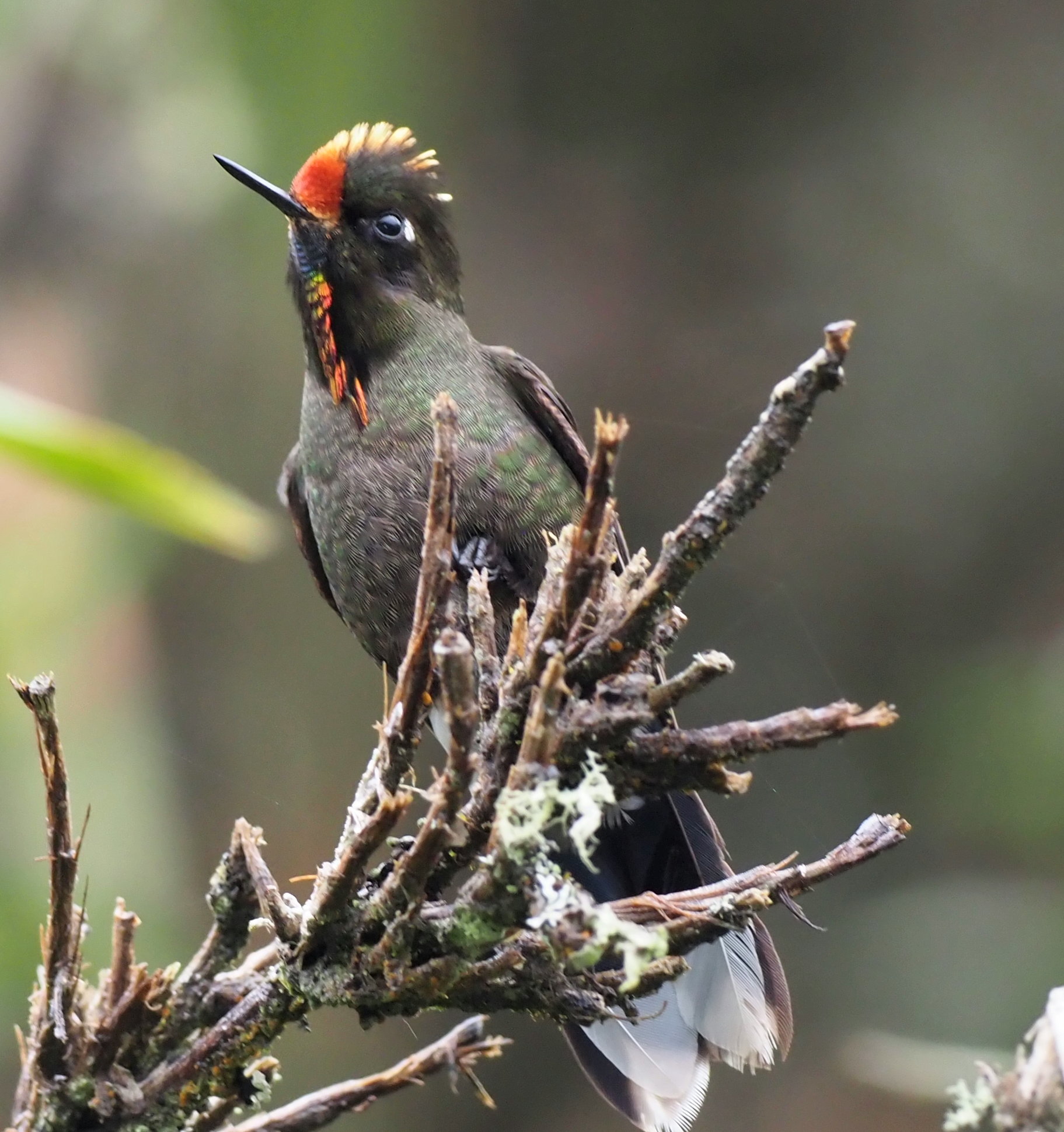
Rainbow-bearded Thornbill (Chalcostigma herrani)
High-altitude hummingbird specialist of the páramo
An eight-day journey through Colombia's Central Andes reveals the extraordinary diversity that exists within a single mountain range. From the frigid páramo heights where Rainbow-bearded Thornbills defy the elements, through therapeutic thermal springs, to the lush cloud forests where manakins dance in the understory, this expedition showcases the incredible ecological transitions that make Colombia the world's most biodiverse country. Based from a comfortable villa with modern amenities, we explored multiple reserves around Manizales, each offering unique birding opportunities and conservation stories.
Eight Days in the Central Andes
Our base for this comprehensive exploration was a comfortable villa near Manizales, complete with a swimming pool and modern amenities that provided the perfect respite after long days in the field. This strategic location allowed us to explore multiple reserves and habitats within daily reach, from high-altitude páramo to mid-elevation cloud forests, each offering distinct birding opportunities.
The itinerary included visits to several key locations: the páramo heights of Los Nevados National Park, the therapeutic waters of Termales del Ruiz, the CHEC La Esmeralda reserve, and the renowned Hacienda el Bosque in the Río Blanco Reserve (@haciendaelbosque). Each location contributed unique species and ecological insights to our understanding of Andean biodiversity.
Into the Páramo: Colombia's Sky Islands
Our expedition began before dawn, ascending the winding mountain roads toward Los Nevados National Park. As we climbed through successive vegetation zones—from coffee plantations through cloud forest to the otherworldly páramo—the temperature dropped and the landscape transformed into something almost alien. Giant frailejones (Espeletia) dotted the rolling hills like sentinels, their silver-woolly leaves adapted to intense UV radiation and dramatic temperature swings.
Páramo Ecology
The páramo ecosystem exists only in the high mountains of tropical South America, functioning as massive water factories that capture moisture from clouds and store it in specialized vegetation. These "islands in the sky" provide fresh water for over 70% of Colombia's population while harboring extraordinary endemic biodiversity.
At 4,200 meters, we encountered our first Rainbow-bearded Thornbills. These remarkable hummingbirds, no larger than a ping-pong ball, navigate conditions that would challenge mountaineers. Their iridescent throat patches—ranging from emerald green to fiery orange-red—caught the early morning light like tiny stained glass windows as they fed on the nectar of hardy páramo flowers.
Thermal Refuge at Termales del Ruiz
After hours in the frigid páramo, our descent to Termales del Ruiz felt like entering another world. These natural hot springs, heated by geothermal activity from the nearby Nevado del Ruiz volcano, provide a surreal contrast to the harsh mountain environment we'd just experienced.
Geothermal Birding
The thermal springs create unique microclimates that attract birds from various elevations. We observed species typically found at lower altitudes taking advantage of the warmer conditions, while high-altitude specialists like the Rainbow-bearded Thornbill used the thermal areas as energy-saving refugia during cold periods.
Soaking in the 42°C mineral-rich pools while watching hummingbirds navigate the steam and mist created an almost mystical experience. The contrast between the icy páramo air and the warm thermal waters perfectly captured the extremes that define this remarkable ecosystem. Even more fascinating was observing how various bird species utilized these geothermal areas as thermal refugia, conserving precious energy in this challenging high-altitude environment.
Descent to La Esmeralda: Manakin Paradise
Our journey continued with a dramatic descent from the páramo heights to the lush cloud forests of the CHEC La Esmeralda reserve near Chinchiná. This transition from the harsh, open páramo to the misty, moss-draped cloud forest represents one of the most dramatic ecological gradients on Earth, compressed into just a few kilometers of elevation change.
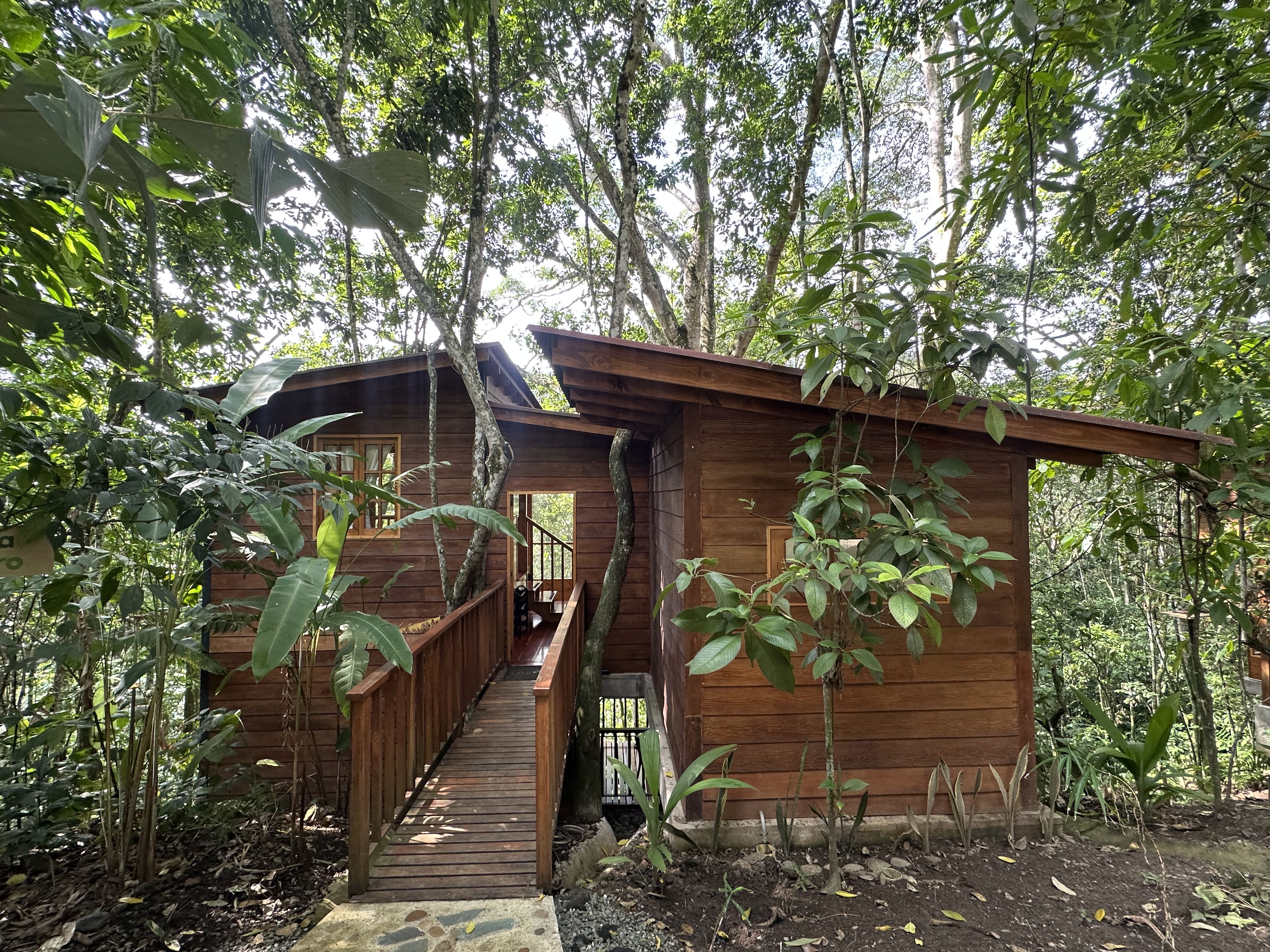
CHEC La Esmeralda Reserve
Eco-lodge in pristine cloud forest habitat
La Esmeralda represents conservation success through corporate responsibility. CHEC (Central Hidroeléctrica de Caldas) has protected this pristine cloud forest as part of their watershed conservation program, creating a sanctuary where some of Colombia's most spectacular endemic birds thrive in undisturbed habitat.
The Two-Hour Manakin Challenge
Our local guides at La Esmeralda had made a bold promise: they would show us three different manakin species within two hours. Given the secretive nature of these forest understory specialists, this seemed optimistic. However, their intimate knowledge of the forest and years of experience tracking these elusive birds proved invaluable.
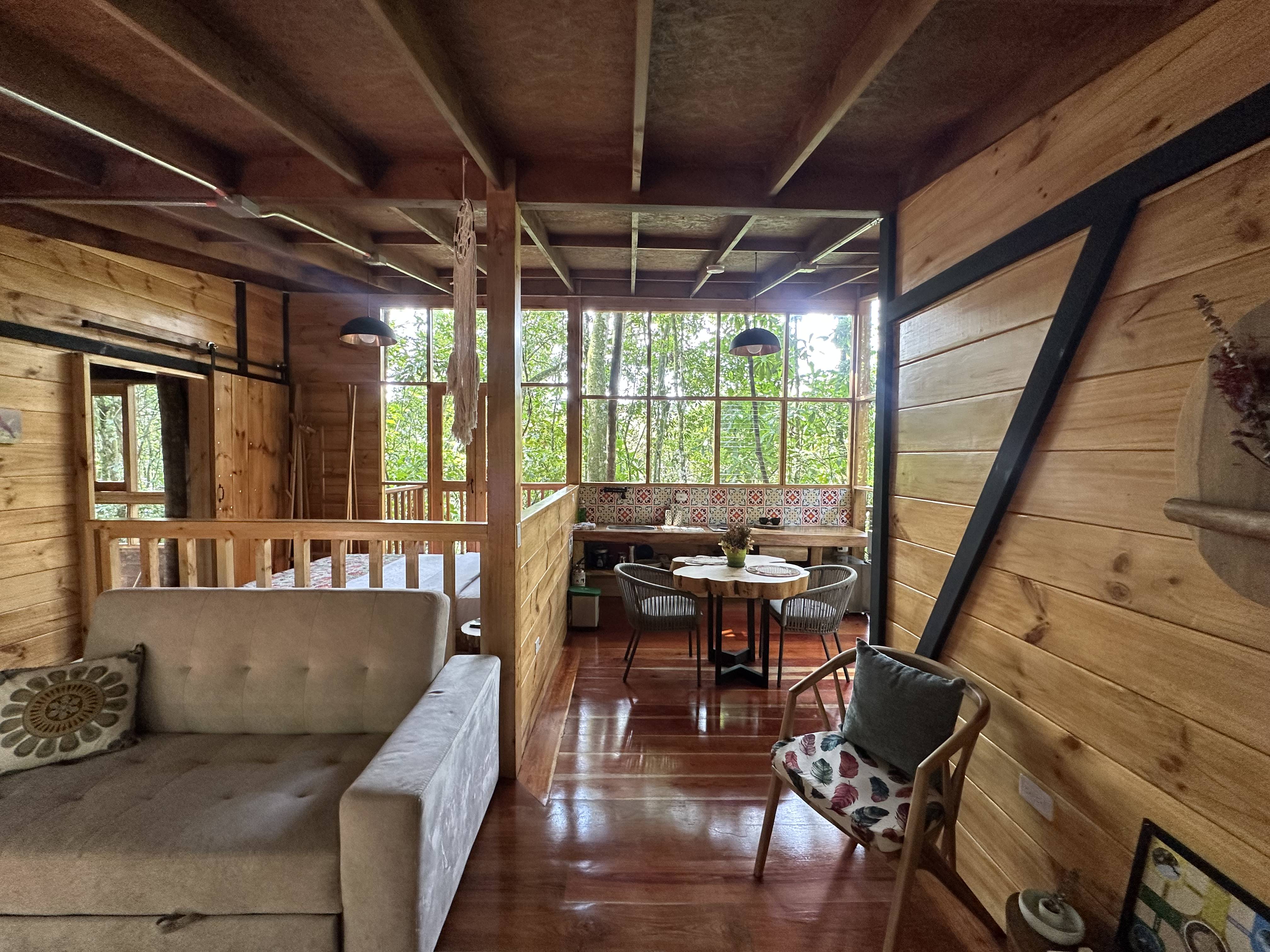
Comfortable accommodations at La Esmeralda
The lodge itself exemplifies sustainable ecotourism design. Built entirely from locally sourced materials and powered by renewable energy, it provides comfortable accommodations while maintaining minimal environmental impact. Large windows offer panoramic views of the surrounding cloud forest, allowing guests to bird-watch from the comfort of the lodge.
The Manakin Challenge
Our expert local guides used a combination of playback calls, knowledge of fruiting trees, and understanding of manakin behavior patterns to locate three species in rapid succession. Their expertise transformed what could have been hours of fruitless searching into a masterclass in tropical bird ecology.
Three Manakins in Two Hours
The guides' confidence proved well-founded. Within the first hour, we had located all three target species, each occupying a different niche within the cloud forest ecosystem. The experience showcased not only the incredible biodiversity of La Esmeralda but also the deep ecological knowledge of our local guides.
Each species demonstrated unique adaptations to cloud forest life. The Wire-tailed Manakin, with its distinctive elongated tail feathers, performed acrobatic displays in the forest understory. The Golden-winged Manakin, endemic to the Colombian Andes, flashed its brilliant yellow wing patches as it moved through the canopy. The Orange-collared Manakin, perhaps the most spectacular of the three, displayed its vibrant orange collar against the misty green backdrop of the cloud forest.

Mission Accomplished
Celebrating three manakin species in two hours
Hacienda el Bosque: A Conservation Success Story
One of the expedition highlights was our visit to Hacienda el Bosque in the Río Blanco Reserve, a pioneering ecotourism operation that has protected critical cloud forest habitat for over three decades. This family-run reserve demonstrates how private conservation initiatives can create sustainable models for both biodiversity protection and community development.
The hacienda's strategic location in the Río Blanco watershed provides access to pristine cloud forest where endemic species thrive alongside Neotropical migrants. The property's commitment to conservation extends beyond bird protection to include watershed management, sustainable agriculture practices, and environmental education programs for local communities.
Conservation Through Ecotourism
Our experience at La Esmeralda exemplifies how responsible ecotourism can support conservation. CHEC's investment in protecting this cloud forest habitat, combined with their commitment to sustainable tourism practices, creates a model for corporate environmental responsibility that benefits both biodiversity and local communities.
The reserve's success in maintaining pristine habitat while providing sustainable livelihoods for local guides demonstrates the potential for conservation and economic development to work hand in hand. The guides' expertise, developed through years of intimate forest knowledge, represents an invaluable resource for both conservation research and ecotourism.
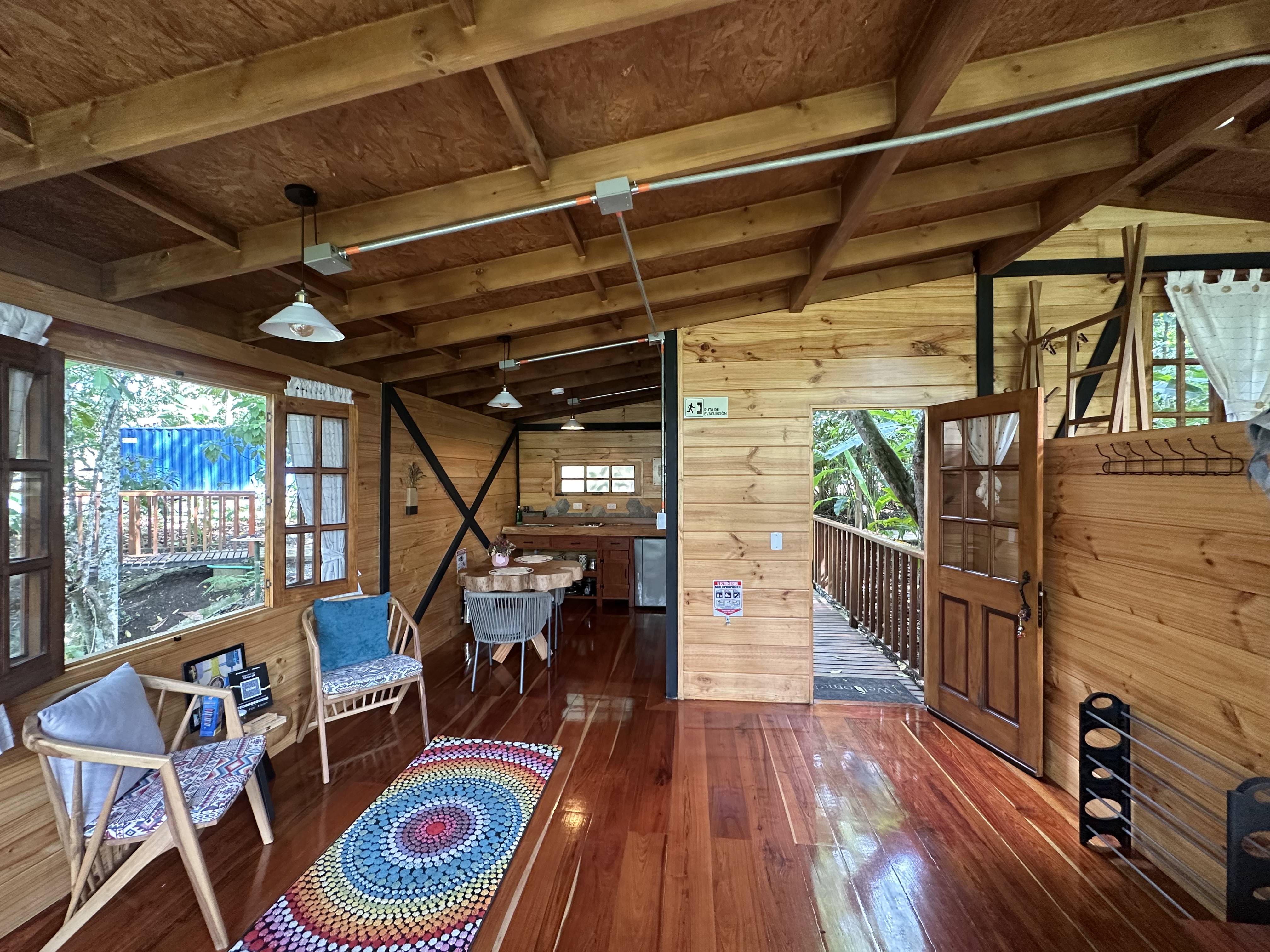
Sustainable design integrates with forest environment
From Extremes to Abundance
This expedition perfectly captured the incredible diversity of Colombian ecosystems within a single day's journey. From the harsh, wind-swept páramo where Rainbow-bearded Thornbills defy the elements, through the therapeutic warmth of geothermal springs, to the lush abundance of cloud forest manakin habitat, we experienced the full spectrum of montane tropical ecology.
Species Highlights
- • Rainbow-bearded Thornbill (Chalcostigma herrani) - Páramo specialist
- • Wire-tailed Manakin (Pipra filicauda) - Cloud forest understory
- • Golden-winged Manakin (Masius chrysopterus) - Colombian endemic
- • Orange-collared Manakin (Manacus aurantiacus) - Montane specialist
As we departed La Esmeralda, the contrast between our morning in the frigid páramo and afternoon in the warm, humid cloud forest seemed almost impossible. Yet this dramatic ecological transition, compressed into just a few hours of travel, perfectly encapsulates what makes Colombia the world's most biodiverse country. From the ultimate high-altitude specialists to the exuberant diversity of tropical forests, every elevation tells a different story of adaptation and survival.
This expedition was conducted in partnership with CHEC and Termales del Ruiz. Special thanks to the expert local guides at La Esmeralda whose knowledge and dedication made the manakin observations possible, and to the staff at Termales del Ruiz for their hospitality and commitment to sustainable tourism.
Blog Post Metadata
Author: John Doe
Date: April 8, 2025
Category: Nature, Conservation
